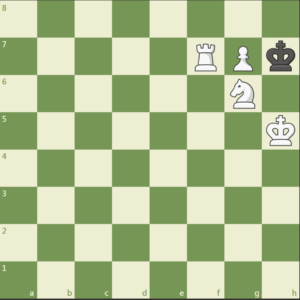This week we’ll be having a little bit of fun, partly because I am on a losing streak in standard chess, and partly because I’ve wanted to try variants for some time now.
Historically speaking there have always been variants in chess, most agree that chess itself is a variant or evolution of Chaturanga. While now we have the internet and the rules of chess are easily learned and proliferated across the globe, it is endlessly fascinating to imagine the evolution of such a ubiquitous game occurring only though physical translation. The chess played in India would be different than the chess played in England, not only in style as we see with the London System or the Indian Defense, but in rule variations that hadn’t traveled that distance.
When changes were made, such as allowing pawns to move to squares on their first move, I can only imagine the amount of confusion and brawls that occurred when people will still spreading this rule change. As I see chess, I simply cannot imagine a rule ever changing, chess in my mind is this unequivocal standard of the board game genre. The last rule change in chess was in the 1800’s, and that was simply to make it illegal to promote a pawn to a piece of the opponents color! It is extremely niche, but in scenarios like the one pictured below, white can actually find checkmate by promoting the pawn to an opponents knight, preventing any escape for the black king. I think my perception of chess being unchangeable can also be attributed to the elite reputation it has developed for itself over time, yet that is certainly changing now with its proliferation, especially in public schools and its accessibility online.

Chess involving more than two players is also a huge area of interest. Here is an article pouring over all of the variants for only three player chess, and even that list is not exhaustive. For today’s check check check in we will be playing a game of “bughouse,” an absolutely off the rails variant of chess. The game will involve four players playing separate games of chess, the catch? When a player takes an opponents piece, they then give that piece to their teammate who can play it on any open square (except for placing a pawn on the back line) in lieu of moving a piece on any one of their turns. The game ends when either game is won. So if your teammate gets scholar’s mated well that’s just too bad for you. Chess.com has a variety of these variants which you can find here.
Game 1
Game 2
Keep your peace of mind and mind for pieces, see you next week!
Leave a Reply
You must be logged in to post a comment.